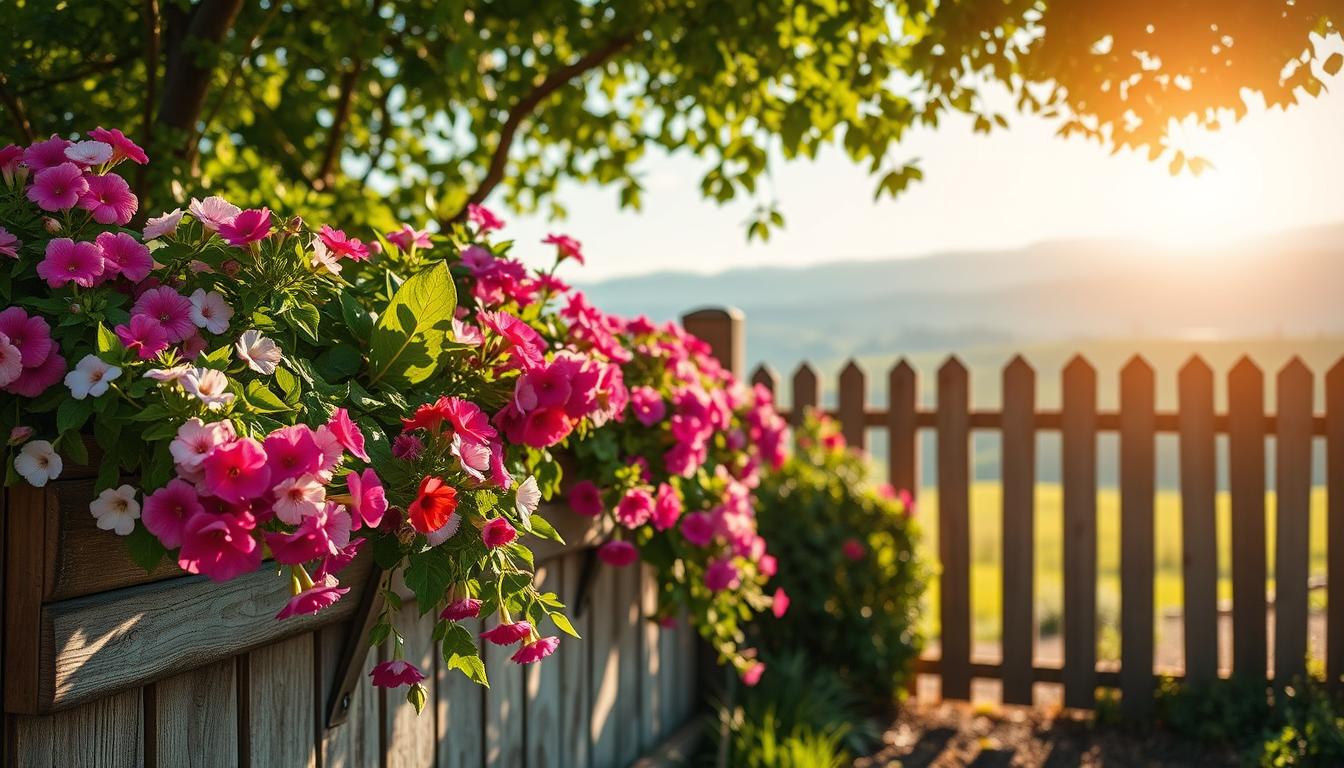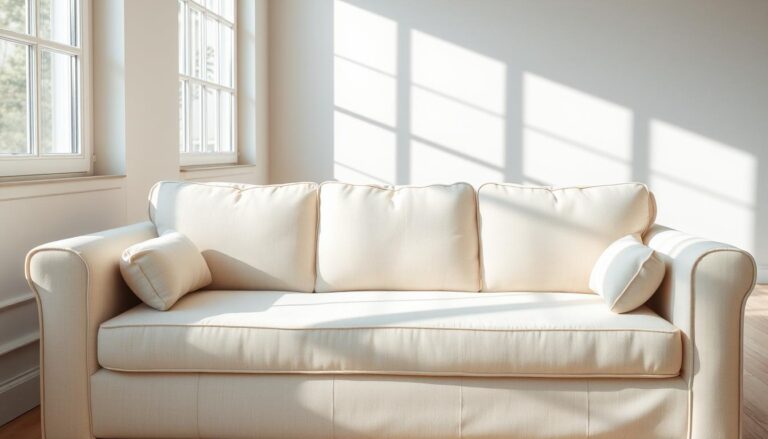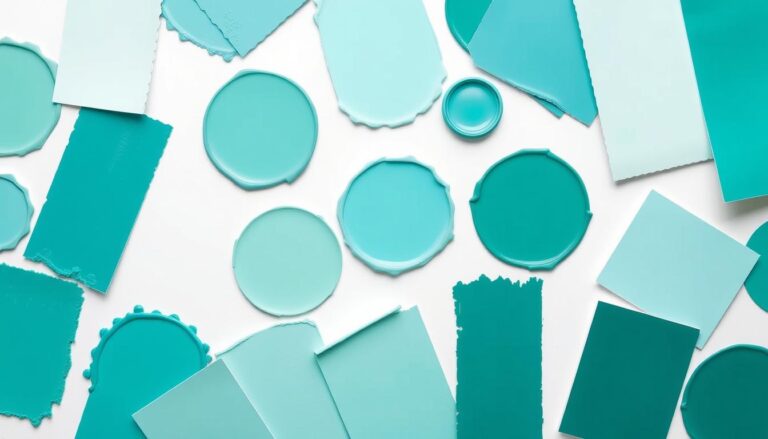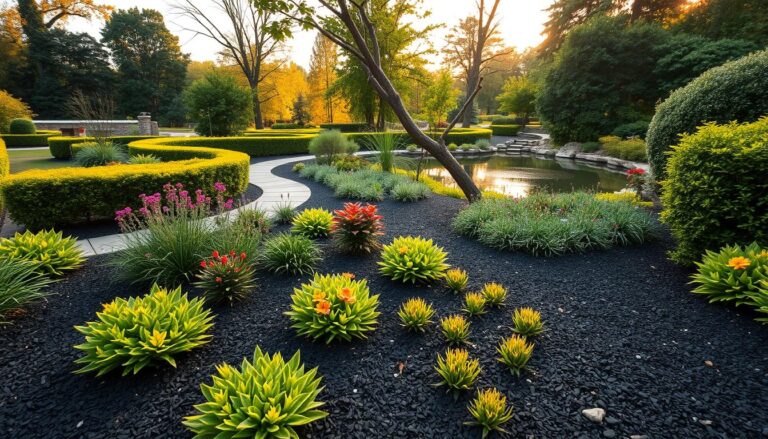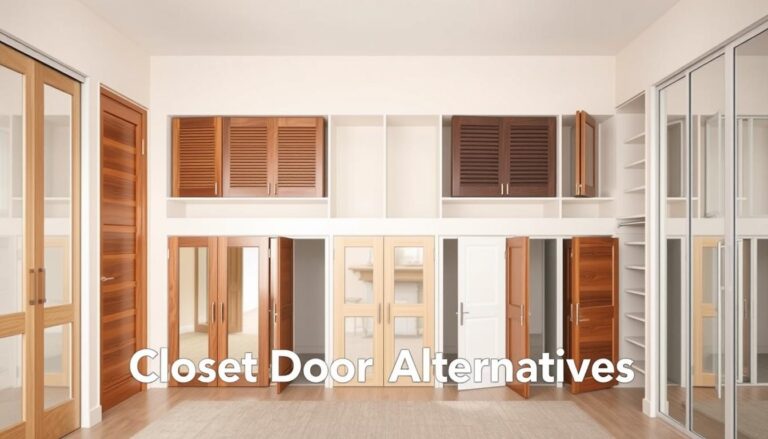Fence Planters
We are always looking for innovative ways to enhance our outdoor spaces, and Fence Planters offer a unique solution. By incorporating plants into your fence, you can create a welcoming atmosphere that boosts your home’s curb appeal.
These planters not only add beauty and character to your home but also provide an opportunity to express your personal style. As we explore the benefits and best practices for using Fence Planters, you’ll discover how they can transform your outdoor space into a stunning visual haven.
Why Vertical Gardening Enhances Your Outdoor Space
Vertical gardening is a game-changer for outdoor decor, transforming your fence into a lush oasis. By utilizing fence planters, you can turn an ordinary fence into a stunning display of greenery, enhancing the overall aesthetic of your outdoor space.
Space-Saving Benefits for Small Yards
For homeowners with small yards, vertical gardening offers a space-saving solution. Fence planters allow you to grow plants upwards, maximizing your outdoor space without sacrificing valuable square footage. This is particularly beneficial for urban dwellers or those with limited yard space.
Creating Privacy and Visual Interest
Vertical gardening not only adds visual interest to your outdoor decor but also provides an effective way to create privacy. By filling your fence with lush greenery, you can block out unwanted views and create a secluded atmosphere, making your outdoor space a tranquil retreat.
Choosing the Perfect Fence Planters
Selecting the right fence planters can elevate your outdoor space, blending functionality with aesthetic appeal. When it comes to DIY gardening tips, the type of planter you choose plays a significant role in the overall success of your vertical garden.
Hanging vs. Railing vs. Saddle Planters
Fence planters come in various styles, including hanging, railing, and saddle planters. Hanging planters are ideal for adding a decorative touch, while railing planters are perfect for utilizing existing fence structures. Saddle planters, on the other hand, fit snugly over the fence, providing a sturdy base for your plants.
| Planter Type | Description | Ideal Use |
|---|---|---|
| Hanging | Hangs from the fence | Decorative purposes |
| Railing | Attaches to the fence railing | Utilizing existing fence structures |
| Saddle | Fits over the fence | Providing a sturdy base for plants |
Best Materials for Durability and Weather Resistance
The material of your fence planter is crucial for its durability and ability to withstand various weather conditions. Common materials include wood, metal, and plastic, each with its pros and cons. For instance, wooden planters offer a natural look but may require more maintenance than metal or plastic ones.
Size and Weight Considerations
When choosing a fence planter, it’s essential to consider its size and weight. Larger planters can hold more soil and plants, but they may be heavier and require more support. Ensure that your fence is sturdy enough to hold the weight of the planter, soil, and plants.
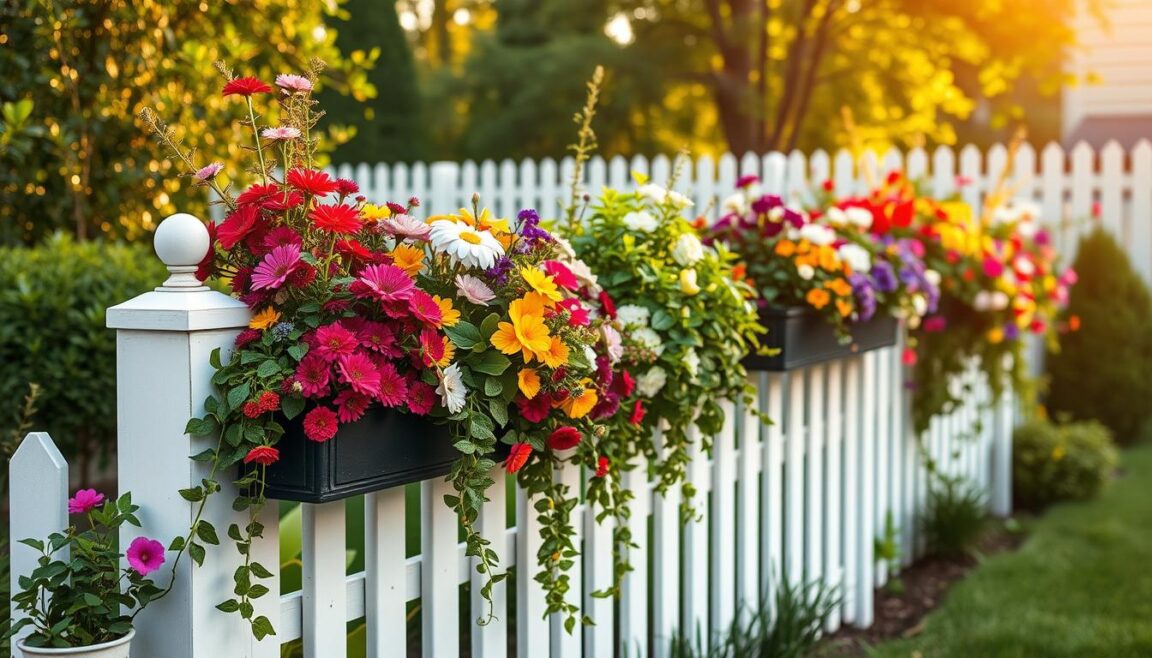
DIY Fence Planters: Step-by-Step Installation Guide
In this guide, we’ll walk you through the process of installing DIY fence planters. Installing fence planters is a great way to enhance your outdoor space with a beautiful vertical garden. Before we begin, let’s take a look at the materials and tools you’ll need for the project.
Materials and Tools Checklist
To get started, you’ll need the following materials and tools:
- Wooden planks or planters
- Fence mounting hardware (screws, brackets, etc.)
- Drill and bits
- Measuring tape
- Level
- Soil and plants
Building a Basic Wooden Fence Planter
To build a basic wooden fence planter, start by measuring the width of your fence. Cut your wooden planks to the desired length, and assemble the planter box using screws or nails. Make sure the corners are secure and the box is level.
Secure Mounting Techniques for Different Fence Types
When mounting your fence planters, it’s essential to use the right techniques for your fence type. For wooden fences, use screws or nails to secure the planter. For metal or vinyl fences, use brackets or adhesive strips.
Proper Drainage and Soil Preparation
To ensure your plants thrive, proper drainage and soil preparation are crucial. Add a layer of drainage material (such as gravel) at the bottom of the planter, and use a well-draining potting mix.
Plant Selection for Vertical Success
Choose plants that are suitable for vertical gardening, such as succulents, herbs, or flowering plants. Consider factors like sunlight, watering needs, and temperature when selecting your plants.
By following these steps, you can create a beautiful and thriving vertical garden using DIY fence planters.
Maintaining Beautiful Fence Planters Through the Seasons
To keep your fence planters looking their best, regular maintenance is essential. We recommend checking the soil moisture regularly, as weather conditions can quickly dry out the soil. Adjust your watering schedule according to the season to ensure your plants receive the right amount of moisture.
For outdoor decor that thrives year-round, consider the types of plants you choose. Select plants that are suitable for your local climate and can withstand the seasonal changes in your area. By following these gardening tips, you can enjoy vibrant and healthy plants throughout the year.
As the seasons change, your fence planters may require different care. For example, during the winter months, you may need to protect your plants from frost, while in the spring, you can start fertilizing to promote new growth. By adapting your care routine to the changing seasons, you can keep your fence planters looking their best.

